Related Research Articles
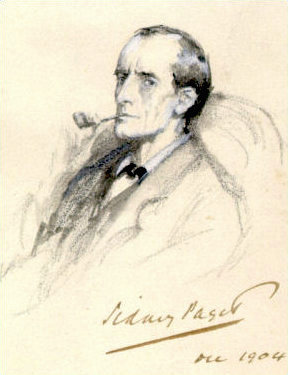
Sherlock Holmes is a fictional detective created by British author Arthur Conan Doyle. Referring to himself as a "consulting detective" in his stories, Holmes is known for his proficiency with observation, deduction, forensic science and logical reasoning that borders on the fantastic, which he employs when investigating cases for a wide variety of clients, including Scotland Yard.
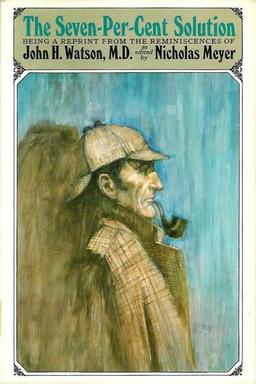
The Seven-Per-Cent Solution: Being a Reprint from the Reminiscences of John H. Watson, M.D. is a 1974 novel by American writer Nicholas Meyer. It is written as a pastiche of a Sherlock Holmes adventure, and was made into a film of the same name in 1976.

The Canary Trainer: From the Memoirs of John H. Watson is a 1993 Sherlock Holmes pastiche by Nicholas Meyer. Like The Seven Percent Solution and The West End Horror, The Canary Trainer was published as a "lost manuscript" of the late Dr. John H. Watson. In "The Adventure of Black Peter", an original Arthur Conan Doyle Holmes story from 1904, Watson mentions that his companion recently arrested "Wilson, the notorious canary-trainer, which removed a plague-spot from the East-End of London." This Wilson is not related to the eponymous character of Meyer's novel. Meyer's "trainer" is Erik, the principal figure of Gaston Leroux's 1910 novel The Phantom of the Opera. It is from this unchronicled tale that The Notorious Canary Trainers take their name.

The Exploits of Sherlock Holmes is a short story collection of twelve Sherlock Holmes pastiches, first published in 1954. It was written by Adrian Conan Doyle, who was the son of Sir Arthur Conan Doyle, and by John Dickson Carr, who was the authorised biographer of the elder Conan Doyle. The first six stories were written in collaboration by the two writers, while the last six stories were written solely by Adrian Conan Doyle.

"The Adventure of the Sussex Vampire", written by British author Arthur Conan Doyle, is one of 12 Sherlock Holmes stories collected between 1921 and 1927 as The Case-Book of Sherlock Holmes. It was first published in the January 1924 issues of The Strand Magazine in London and Hearst's International in New York.
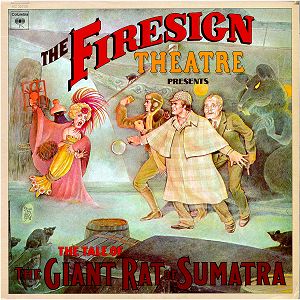
The Tale of the Giant Rat of Sumatra is the seventh comedy album produced by the Firesign Theatre and released in January 1974 by Columbia Records. It is a send-up of a Sherlock Holmes adventure, "The Giant Rat of Sumatra", which was not written by Sir Arthur Conan Doyle but was referenced in his Holmes tale, "The Adventure of the Sussex Vampire", written in 1924.
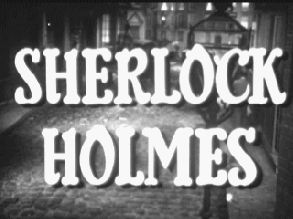
Sherlock Holmes is an American detective television series syndicated in the autumn of 1954, based on the Sherlock Holmes stories of Arthur Conan Doyle. The 39 half-hour mostly original stories were produced by Sheldon Reynolds and filmed in France by Guild Films, starring Ronald Howard as Holmes and H. Marion Crawford as Watson. Archie Duncan appeared in many episodes as Inspector Lestrade. Richard Larke, billed as Kenneth Richards, played Sgt. Wilkins in about fifteen episodes. The series' associate producer, Nicole Milinaire, was one of the first women to attain a senior production role in a television series.
The Sherlockian game is the pastime of attempting to resolve anomalies and clarify implied details about Sherlock Holmes and Dr. Watson from the 56 short stories and four novels that make up the Sherlock Holmes canon by Arthur Conan Doyle. It treats Holmes and Watson as real people and uses aspects of the canonical stories combined with the history of the era of the tales' settings to construct fanciful biographies of the pair.

The large bamboo rat, Sumatran rat, or Indomalayan rat is a species of rodent in the family Spalacidae found in Cambodia, China, Indonesia, Laos, Malaysia, Myanmar, Thailand, and Vietnam. It is one of four species of bamboo rat. Individuals can reach lengths of nearly 50 cm (20 in) with a 20 cm (7.9 in) tail, and weigh up to 4 kilograms (8.8 lb).

The Hound of the Baskervilles is a 1983 British made-for-television mystery thriller film directed by Douglas Hickox, starring Ian Richardson as Sherlock Holmes and Donald Churchill as Dr. John H. Watson. It is based on Arthur Conan Doyle's 1902 novel The Hound of the Baskervilles.
Der Hund von Baskerville is a 1914 German silent film adaptation of Arthur Conan Doyle's 1902 novel The Hound of the Baskervilles, the first film adaptation of the work. According to the website silentera.com, the film was considered lost, but has been rediscovered; the Russian Gosfilmofond film archive possesses a print, while the Filmmuseum München has a 35mm positive print.

The Adventure of the Peerless Peer is a 1974 adventure pastiche novel written by Philip Jose Farmer, writing as Dr. John H. Watson, about the meeting of Sherlock Holmes and Tarzan. This was one of several works Farmer wrote that involved Tarzan.
Doctor Watson and the Darkwater Hall Mystery is a 1974 British made-for-television mystery film directed by James Cellan Jones and starring Edward Fox as Doctor Watson.
The Adventures of Sherlock Holmes is an American old-time radio show that aired on US radio networks between 1930 and 1936. The series was adapted from Sir Arthur Conan Doyle's Sherlock Holmes stories by scriptwriter Edith Meiser. For most of the series, Richard Gordon played Sherlock Holmes and Leigh Lovell played Dr. Watson.
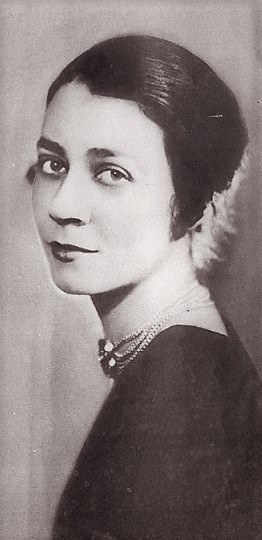
Edith Meiser was an American author and actress, who wrote mystery novels, stage plays, and numerous radio dramas. She is perhaps best known for bringing adaptations of Sherlock Holmes stories to radio in the 1930s.

Dr. Jekyll and Mr. Holmes is a Sherlock Holmes pastiche novel by Loren D. Estleman, originally published in 1979.
The Revenge of the Hound is a Sherlock Holmes pastiche novel by Michael Hardwick, originally published in 1987. It is Hardwick's second Holmes novel after 1979's The Prisoner of the Devil.
Sherlock Holmes is a French–British silent film series consisting of eight short films which were produced in 1912 by Éclair.
References
- 1 2 Lyons, Patrick J. (December 17, 2007). "The Giant Rat of Sumatra, Alive and Well". The New York Times . Retrieved December 21, 2018.
- 1 2 Eyles, Allen (1986). Sherlock Holmes: A Centenary Celebration. Harper & Row. p. 119. ISBN 0-06-015620-1.
- ↑ Bunson, Matthew (1997). Encyclopedia Sherlockiana. Simon & Schuster. pp. 87–88. ISBN 0-02-861679-0.
- ↑ Christopher Redmond, Sherlock Holmes Handbook: Second Edition (Dundurn, 2009), ISBN 978-1554884469, pp. 35-36. Excerpts available at Google Books.
- 1 2 Saunders, Alan (2 February 2014). "The Sumatran Devil". headllamas.blogspot.com.au (blog). The Head Llamas – random writings on Sherlock Holmes.
- ↑ Webster, Bayard (November 1, 1983). "Team Dispels Sherlock Holmes Mystery". The New York Times . Retrieved January 30, 2024.
- ↑ Common Reservoirs for Penicillium marneffei Infection in Humans and Rodents, China
- ↑ Ajello, L; Padhye, AA; Sukroongreung, S; Nilakul, CH; Tantimavanic, S (1995). "Occurrence of Penicillium marneffei infections among wild bamboo rats in Thailand". Mycopathologia. 131 (1): 1–8. doi:10.1007/bf01103897. PMID 8532047. S2CID 20573325.
- ↑ Lyongs, Patrick J. (December 17, 2007). "The Giant Rat of Sumatra, Alive and Well". The New York Times . Retrieved January 30, 2024.
- ↑ "Giant Rat Species in East Timor Was Largest Ever". Discovery Channel . November 9, 2015. Archived from the original on March 31, 2016. Retrieved January 30, 2024.
- ↑ Bunson, Matthew (1997). Encyclopedia Sherlockiana. Simon & Schuster. p. 200. ISBN 0-02-861679-0.
- ↑ "Sherlock Holmes and the Giant Rat of Sumatra". Publishers Weekly . Retrieved December 21, 2018.
- ↑ "Sherlock Holmes and the Giant Rat of Sumatra". Publishers Weekly . Retrieved December 21, 2018.
- ↑ Kistler, Alan (January 20, 2014). "All the Shout-Outs and References You Missed in the Sherlock Premiere". Wired . Retrieved December 21, 2018.
- ↑ Elizabeth Ward, "For Young Readers", The Washington Post , February 20, 2005, via HighBeam Research.